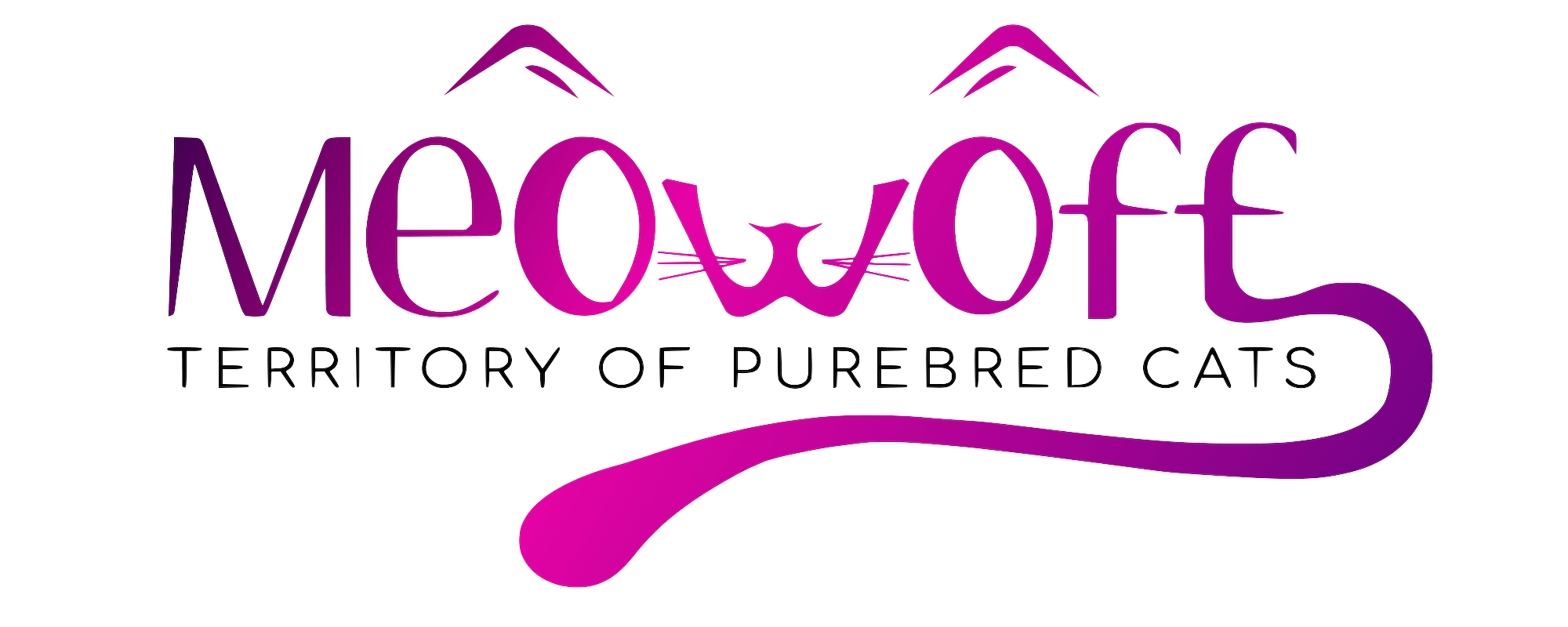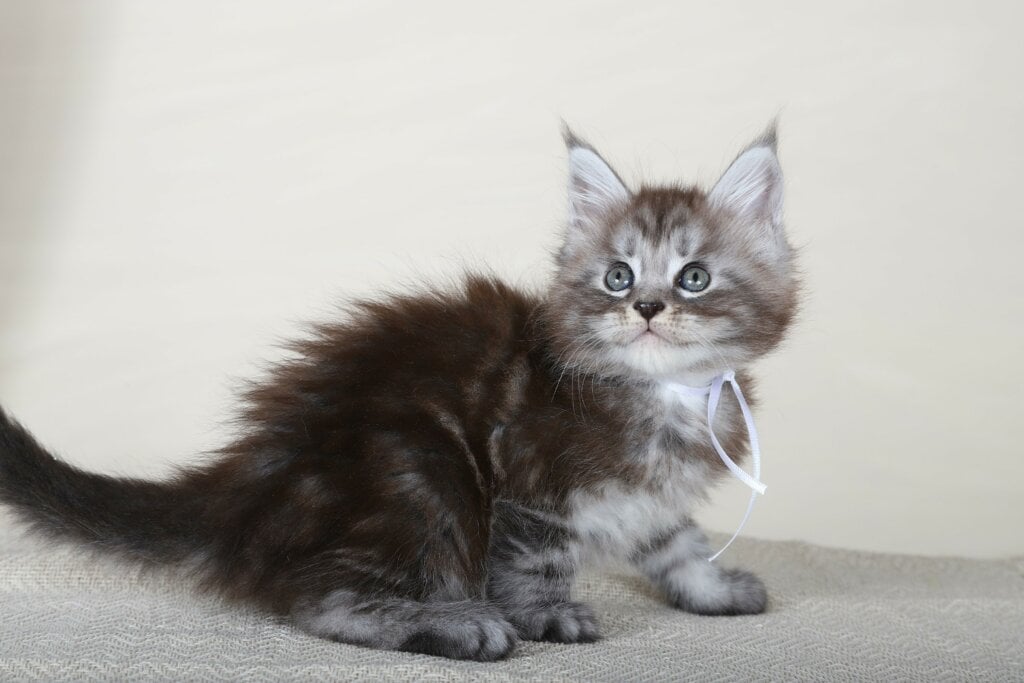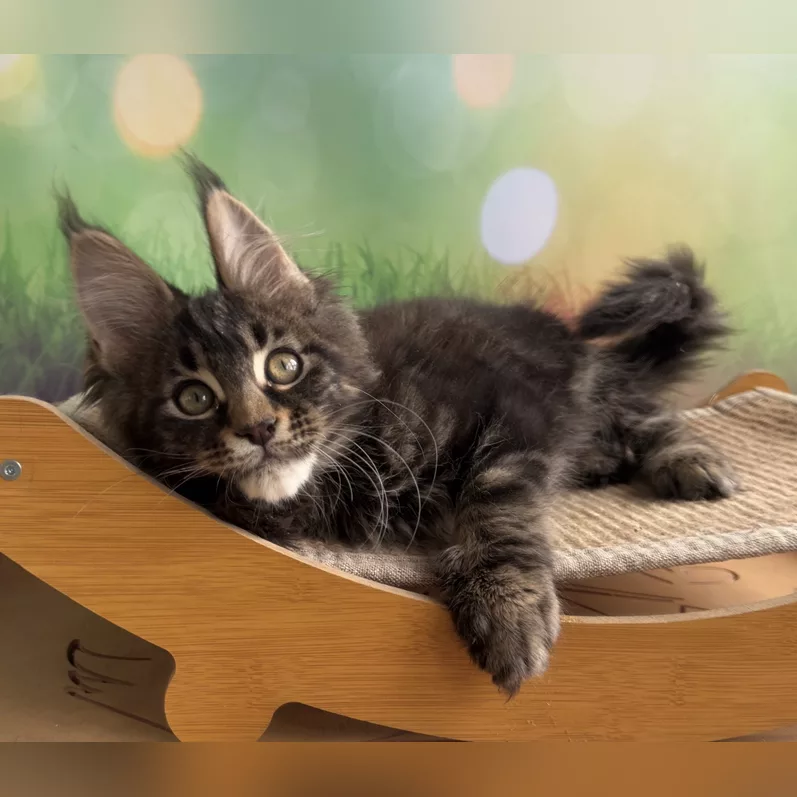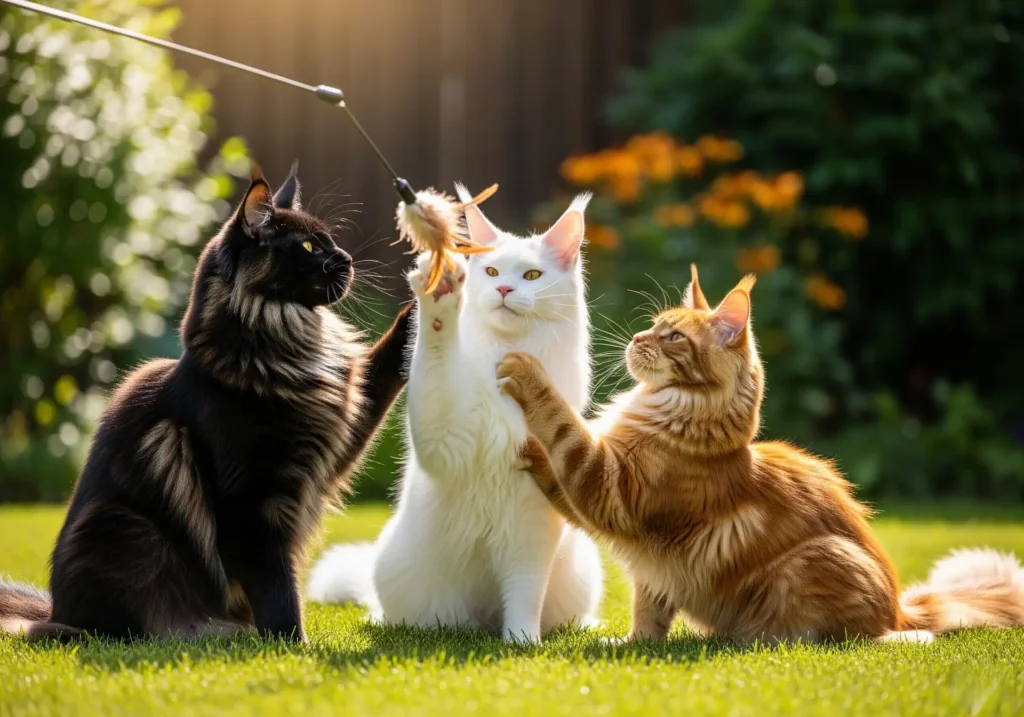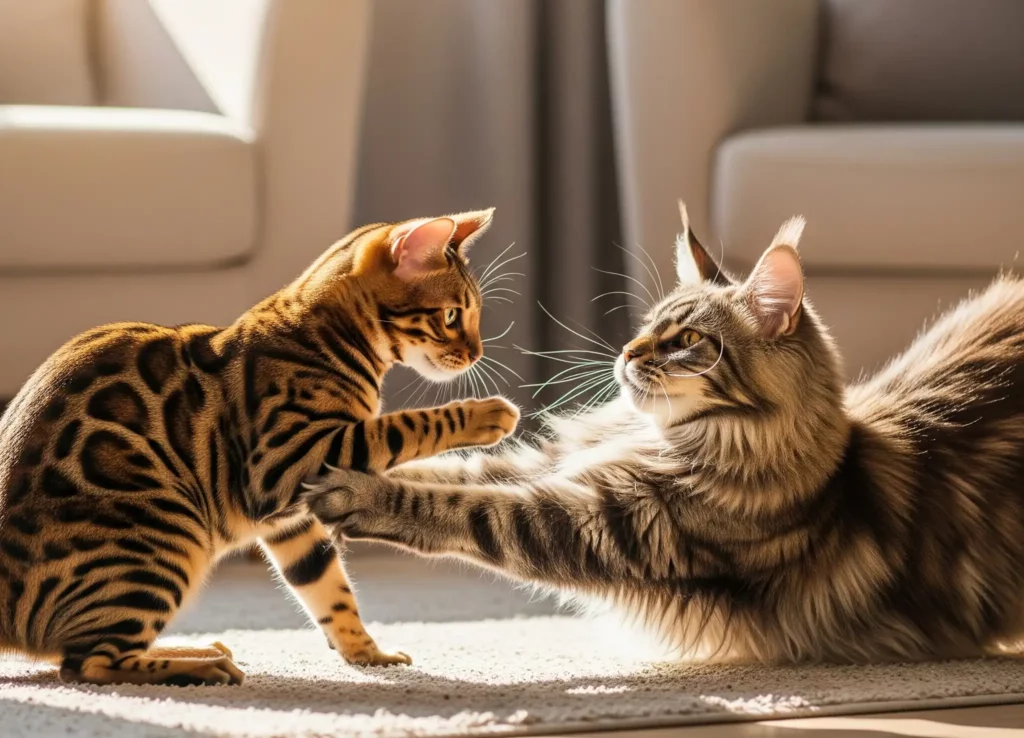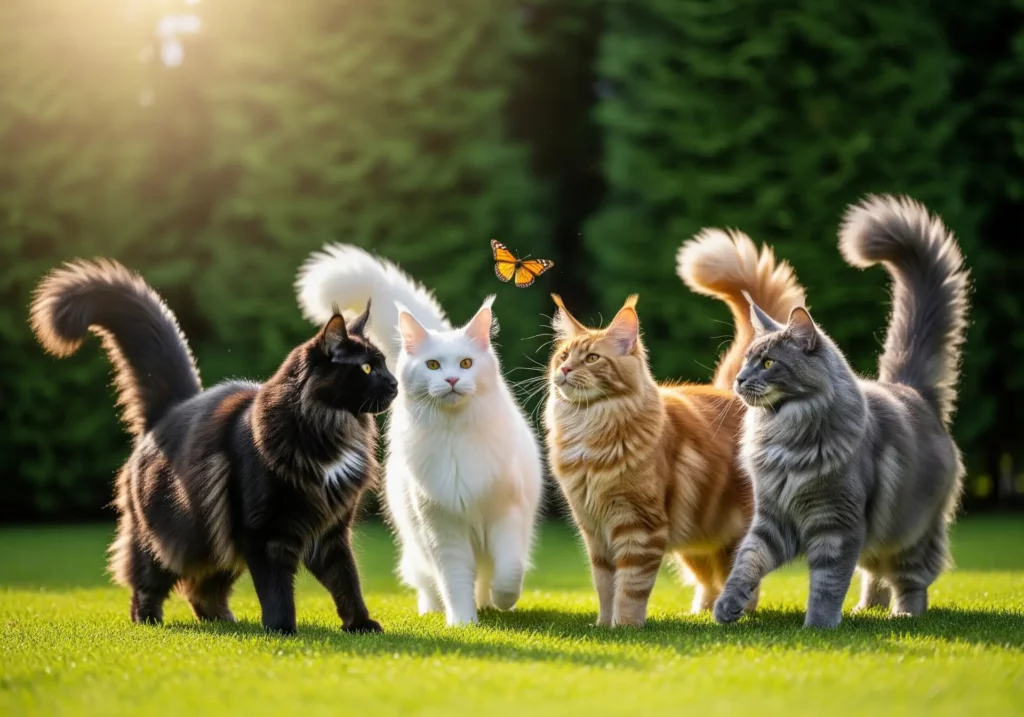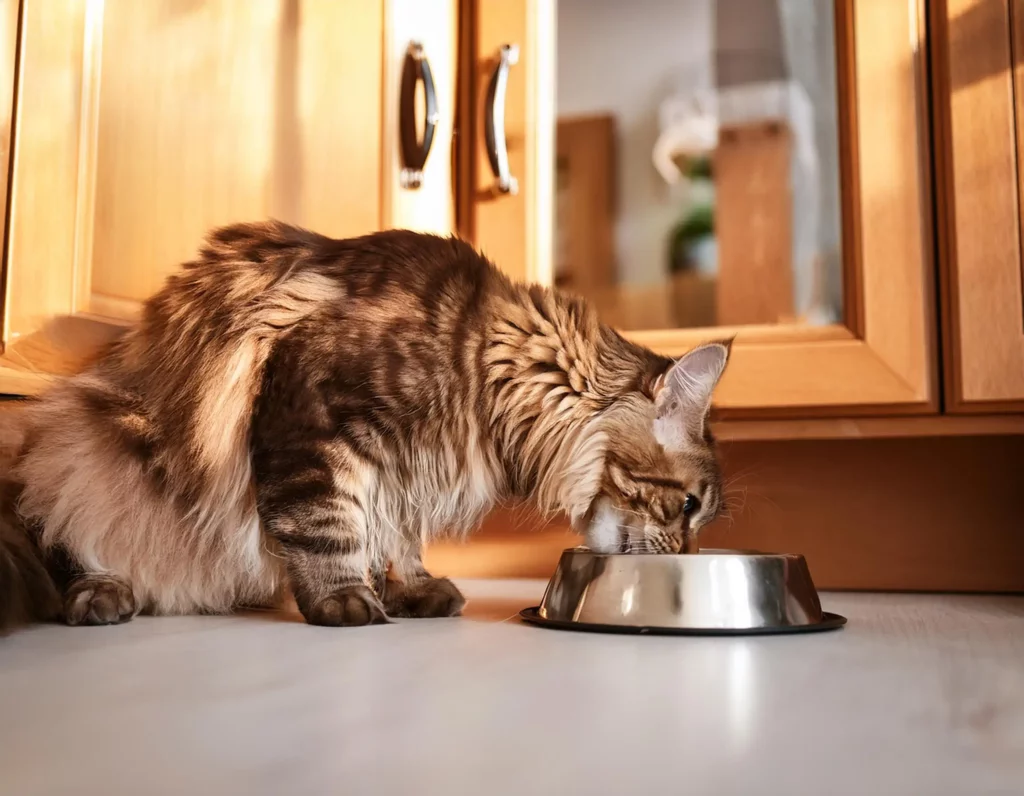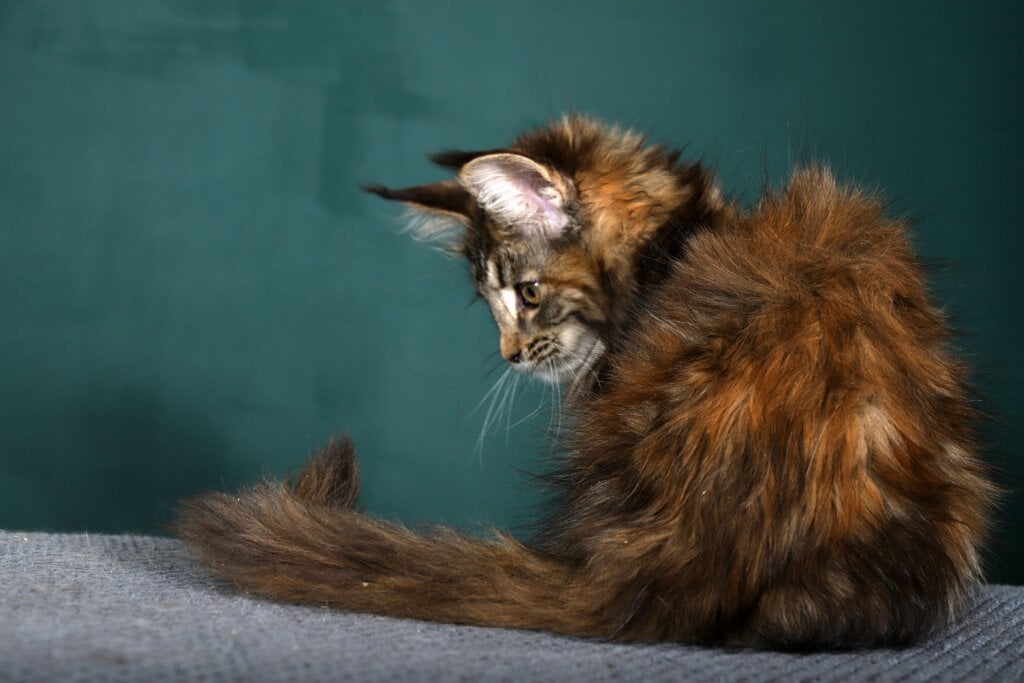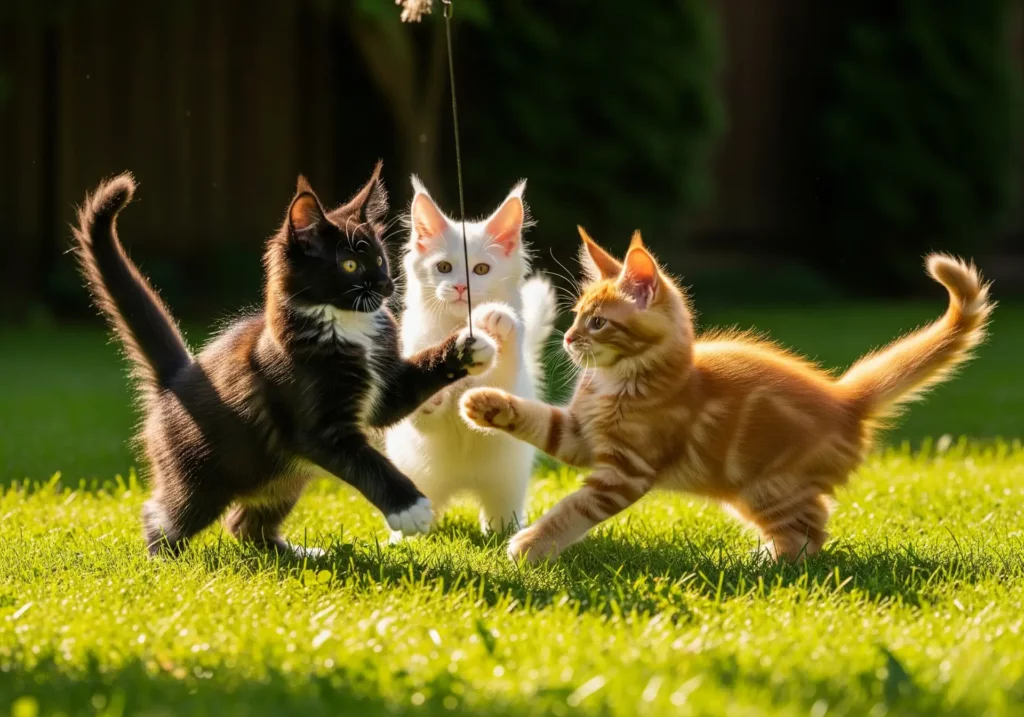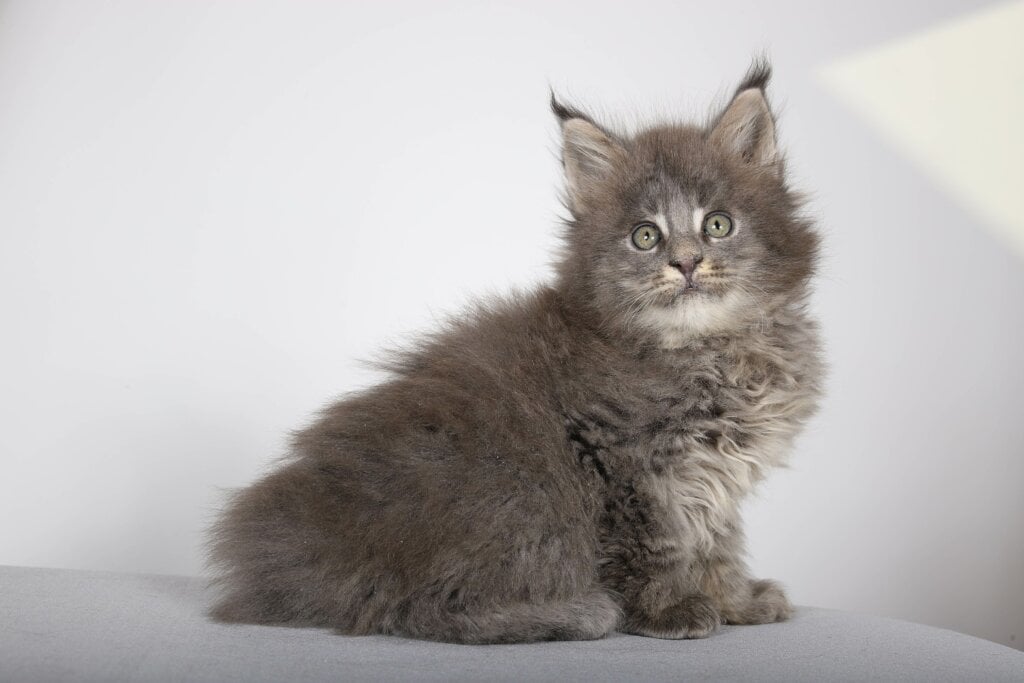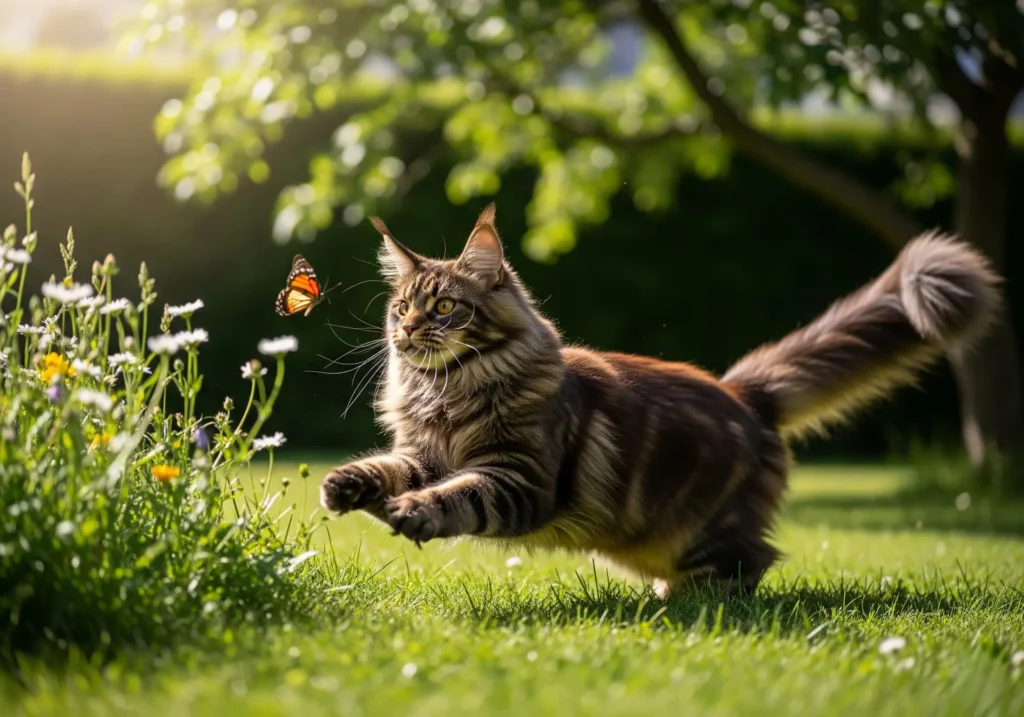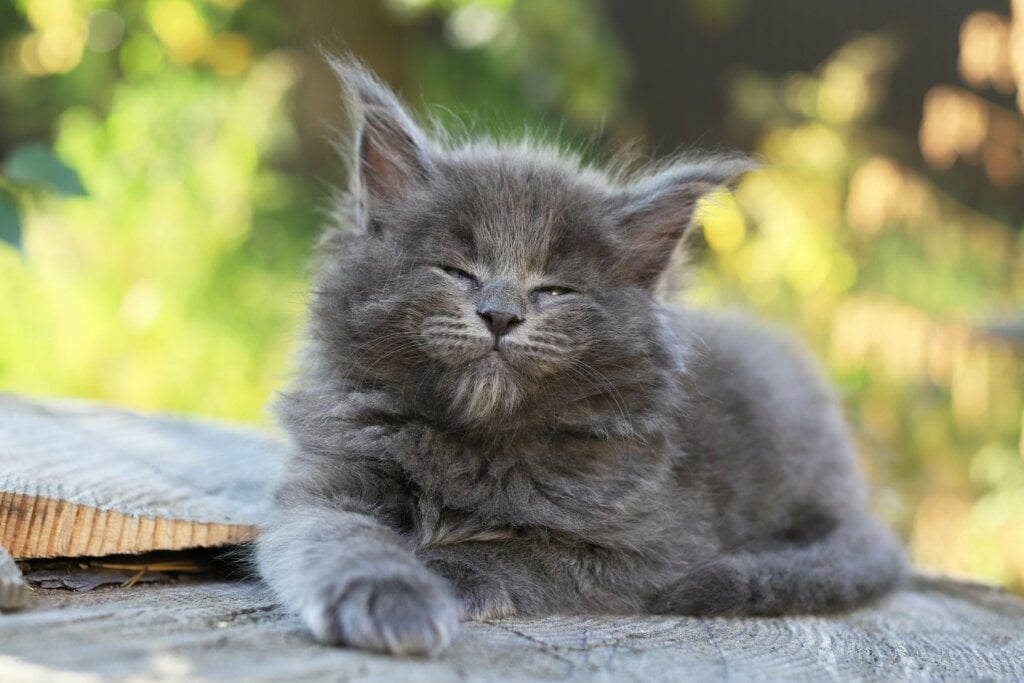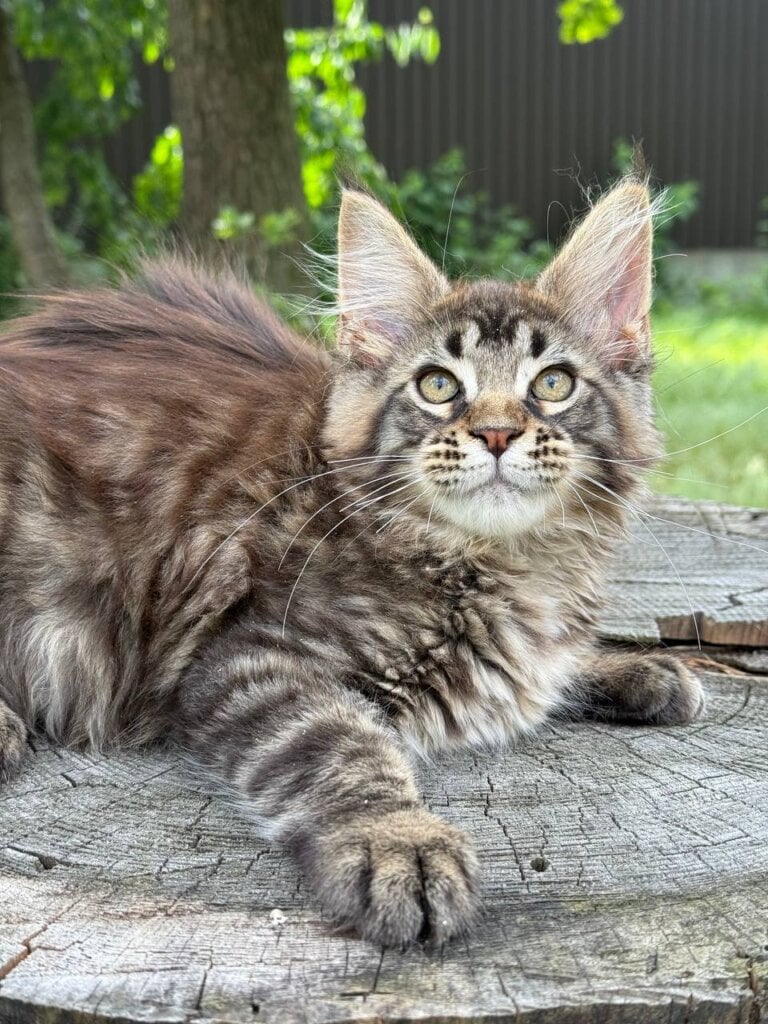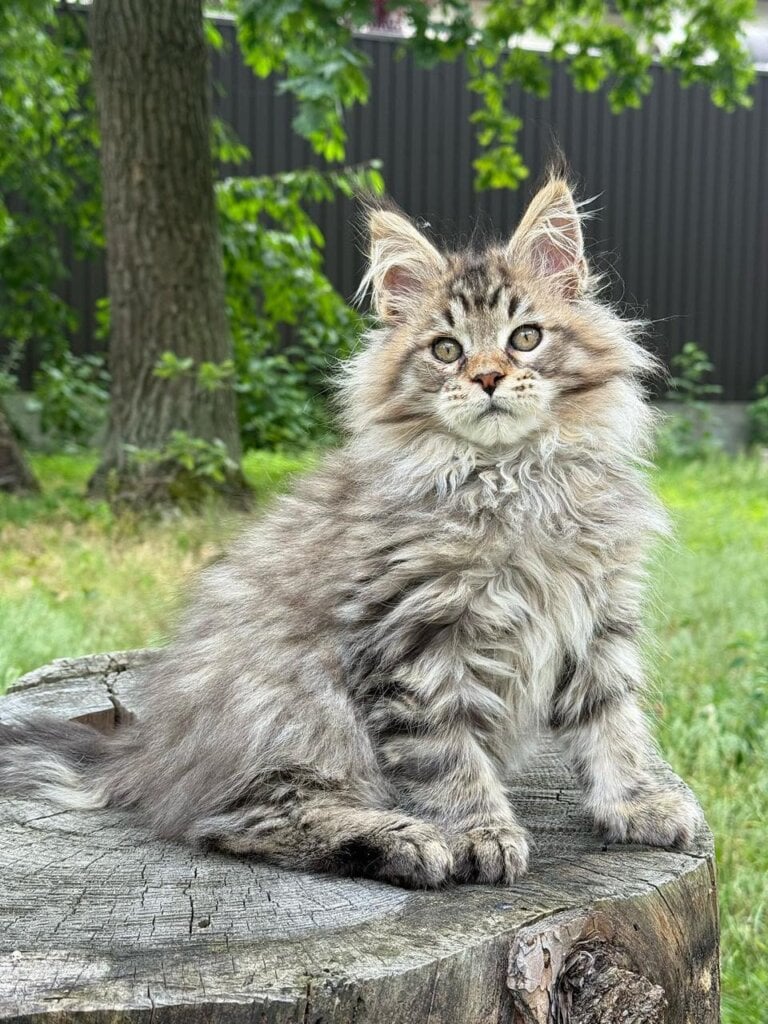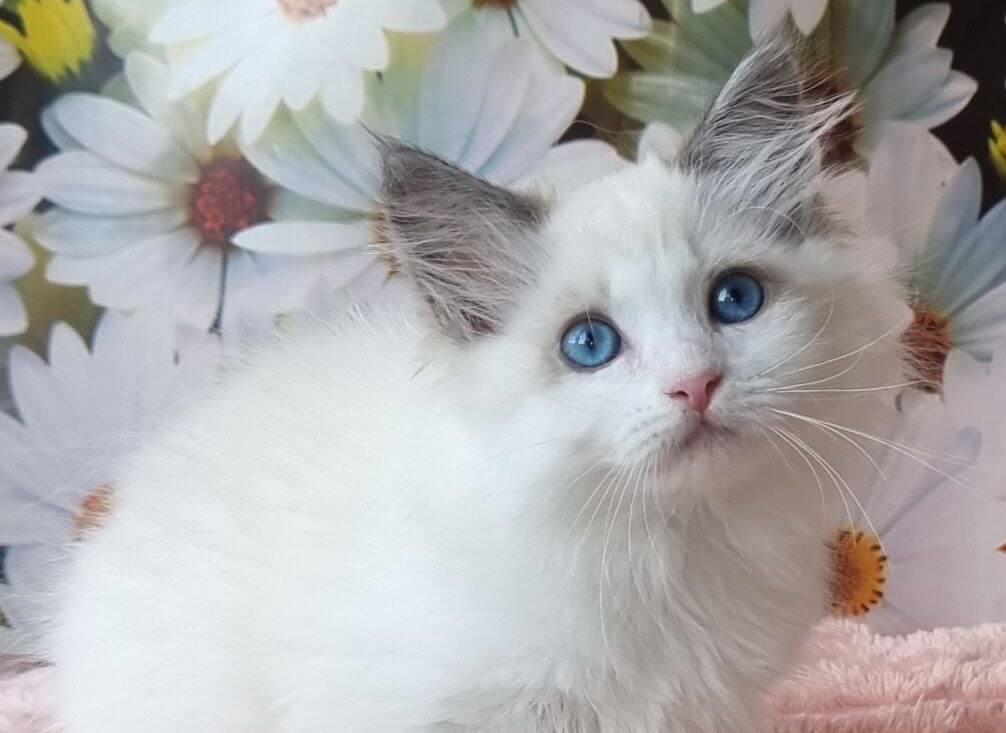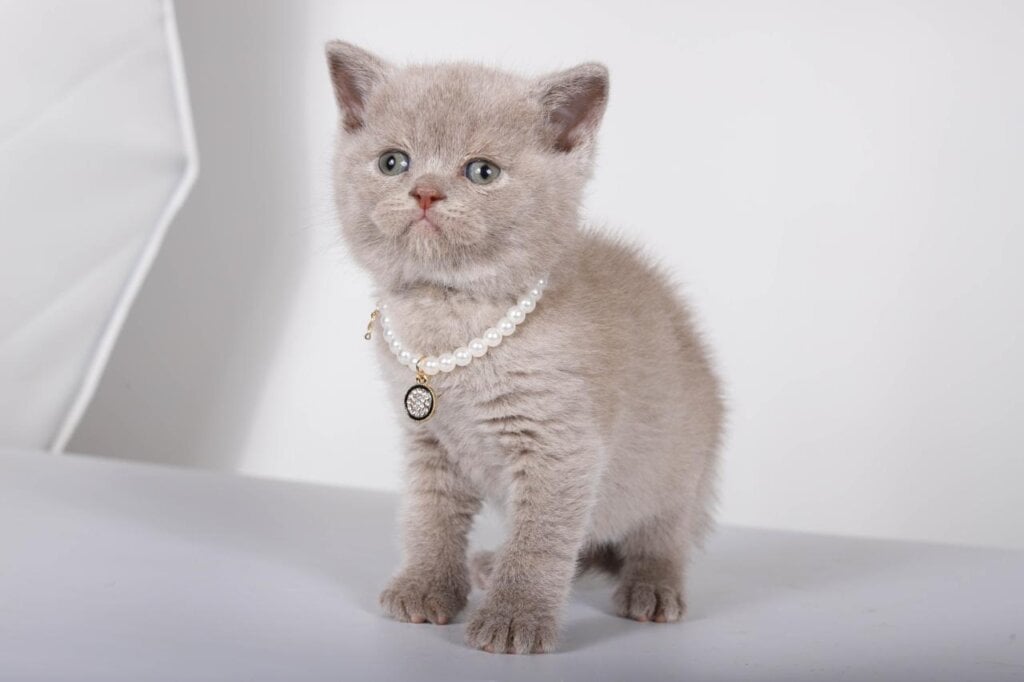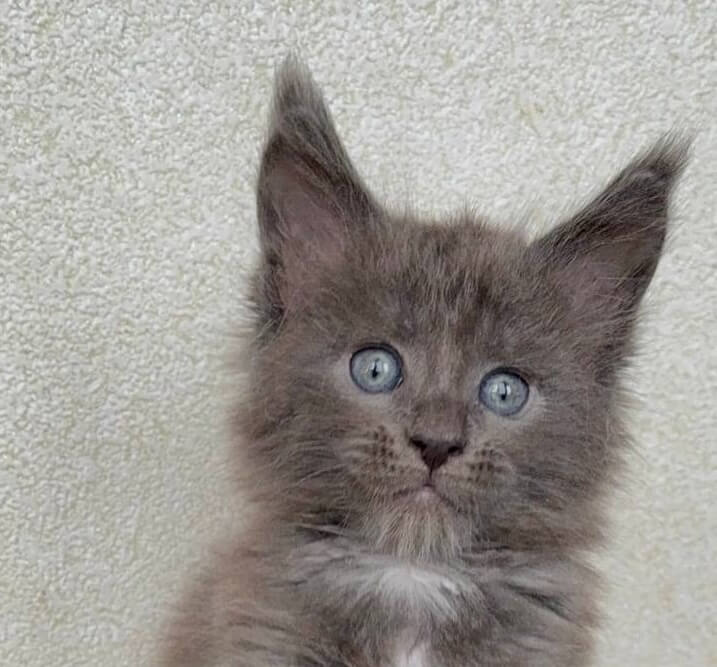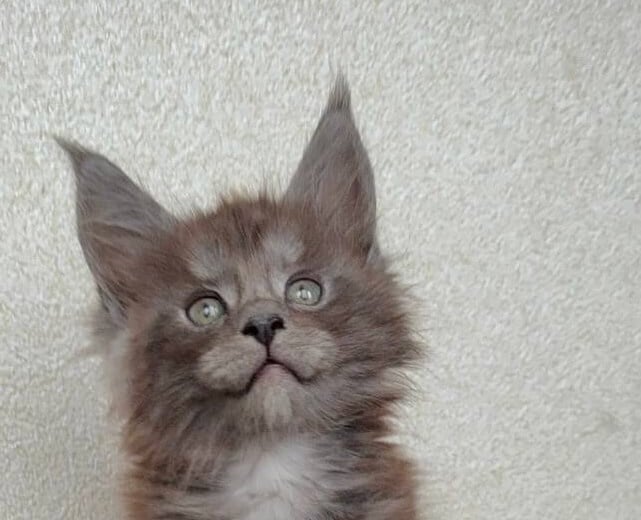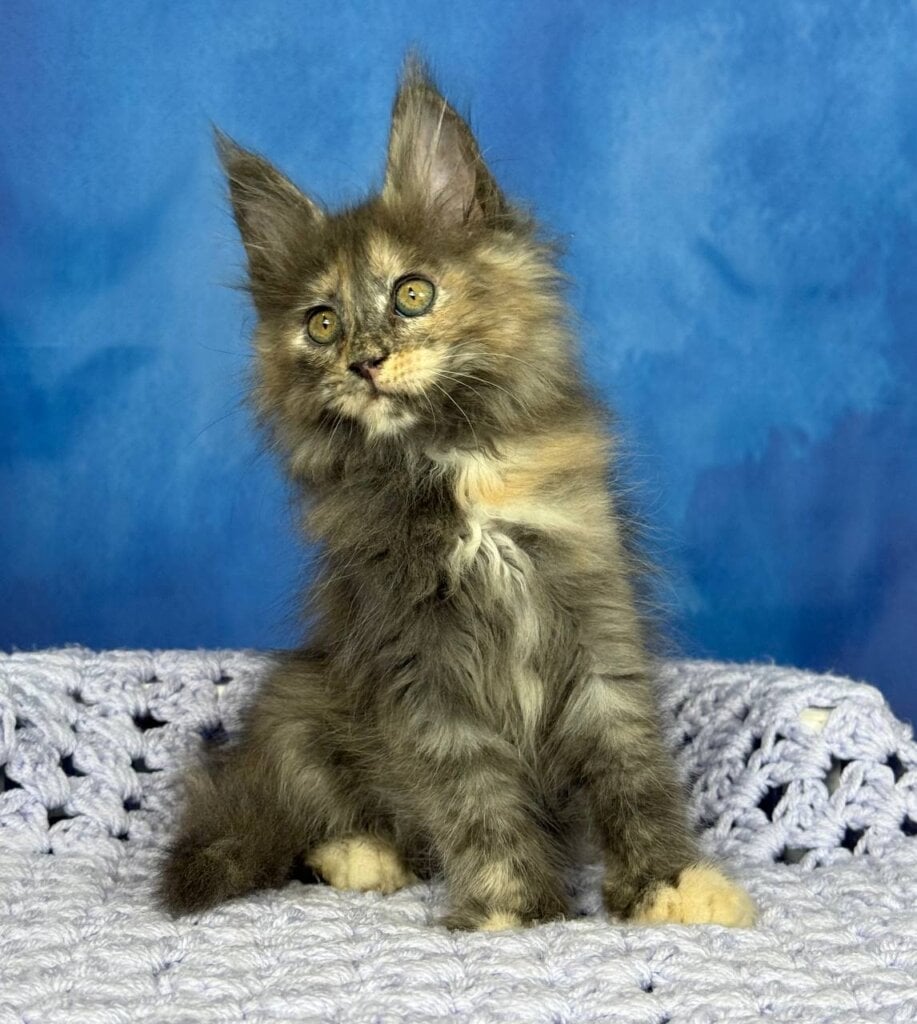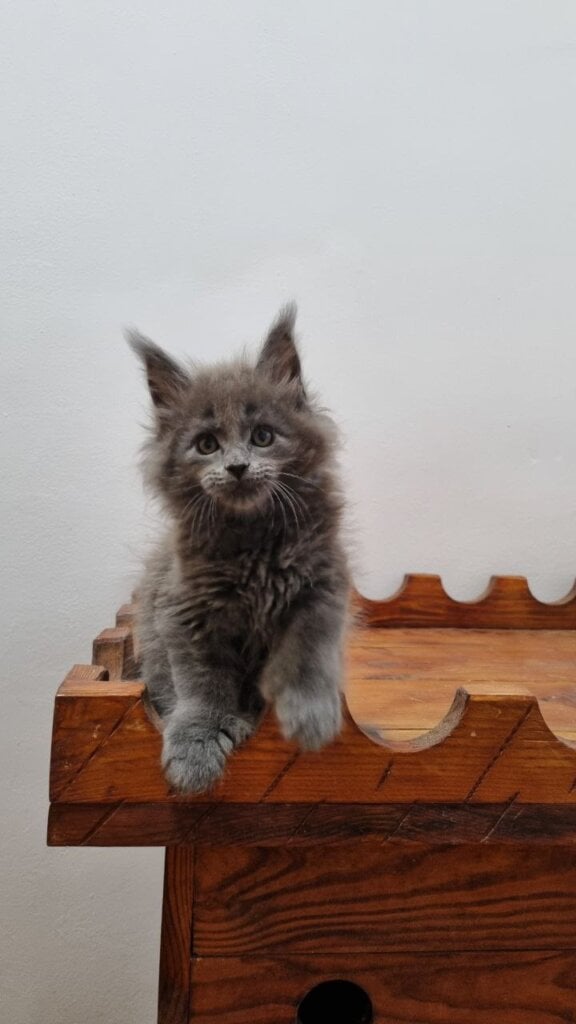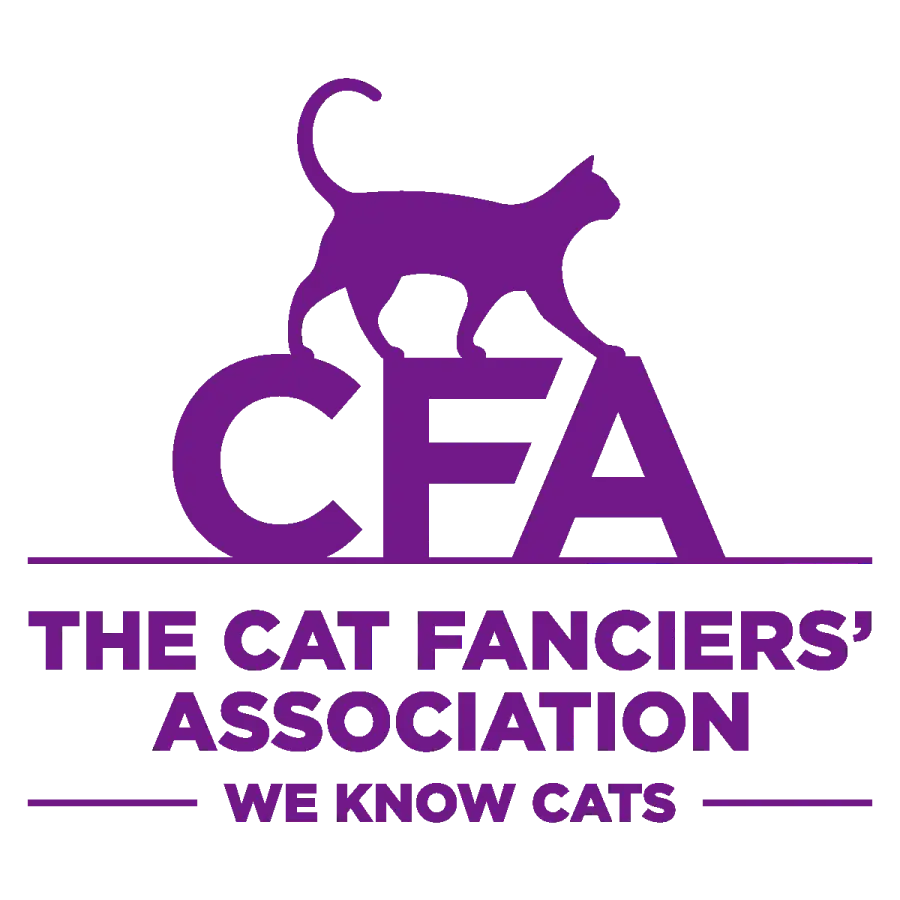Understanding Maine Coon Needs
Understanding a Maine Coon’s unique needs is key to keeping them happy and healthy. These big kitties are larger than your average cat, which means they could need a larger litter box. A too-small litter box will leave them feeling claustrophobic and stressed, which won’t do the laid-back Maine Coon any favors.
A general guideline is to get a box that’s 1.5 times the length of your cat. This way, they have enough space to stretch out and relax. Their long, luxurious fur can make quite the mess if the box is too small. This focuses even more attention on the immediate importance of a clean, orderly setting.
Why Size Matters for Maine Coons
Size is the most important consideration when it comes to keeping your Maine Coon comfortable. A wide litter box helps avoid physical discomfort and emotional anxiety, very important for their sweet disposition.
Due to their larger stature, a larger box allows them to move around more comfortably, preventing litter from being scattered around the house. This size factor ensures that cat’s stress levels are maintained at a minimum, allowing them to feel safe while using it.
The larger box helps prevent litter tracking, which prevents litter from making its way into your home’s or building’s surroundings. This is ideal for those who enjoy organized environments.
Importance of Space in Litter Boxes
- Prevents litter spillage and tracking.
- Allows for comfortable positioning while using the box.
- Reduces the likelihood of litter box avoidance behaviors.
- Provides room for multiple cats if needed.
Getting your home ready for Maine Coon kittens involves some behavior training and socialization. In fact, these silly, goofy, playful creatures maintain their kitten-like, mischievous ways well into adulthood!
A simple scoop once a day, which only takes two minutes, helps keep their environment clean and comfy. Once they are 6-8 months old, transitioning to a clumping litter will make their bathroom habits more manageable.
It’s savvy to keep an additional litter box, even with a single cat. This ensures you avoid any accidents and your cat’s “gentle giant” reputation remains unscathed.
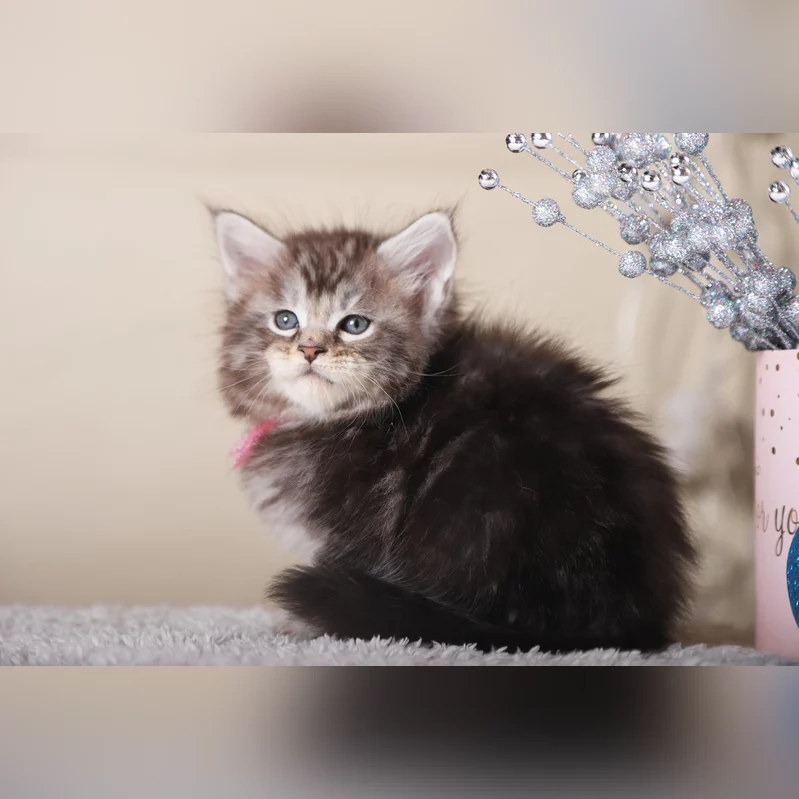
Choosing the Right Litter Box
1. Exploring Various Litter Box Types
Choosing the right litter box for a Maine Coon. That’s the million-dollar question! The answer comes down to several factors.
These cats are larger, needing a box with more space to move around. Important considerations are the litter box size, design, durability, and ease of cleaning. Various styles cater to Maine Coons:
- Open litter boxes offer direct access and tend to be roomy enough for bigger breeds.
- Covered boxes offer privacy and help control odors, which may benefit multi-cat households.
- Self-cleaning boxes make litter box maintenance even easier by automatically raking waste into a compartment, perfect for on-the-go owners.
- More versatile to customize using large plastic bins or converting tubs works well.
2. Comparing Covered and Uncovered Options
Covered and uncovered boxes both have their advantages. Covered boxes offer extra privacy, keeping litter from being scattered everywhere and odor from being released.
They’re ideal for cats that want privacy. Uncovered boxes provide immediate access and are generally more convenient to clean. Because they tend to minimize litter tracking, they are a smart choice for preventing litter too!
Each type has a varying impact on mess management, so be sure to take your cat’s preferences into account. For covered vs. Uncovered boxes, think about your individual cat. Some cats might get claustrophobic in a covered box, while others will enjoy the privacy.
3. Features of Large Litter Boxes
When selecting a litter box for a Maine Coon, size matters. Look for boxes with:
- Sufficient depth to hold litter and waste effectively.
- High sides to prevent spills and minimize tracking.
- Easy-to-remove trays that simplify cleaning.
- Easy-to-clean, long-lasting materials such as stainless steel, which are resistant to damage from scratching, chewing, and other means.
4. DIY Options for Large Cats
DIY solutions can provide customized options:
- Large plastic storage bins.
- Modified mixing tubs.
- Wooden boxes with high sides.
- Repurposed dog crates.
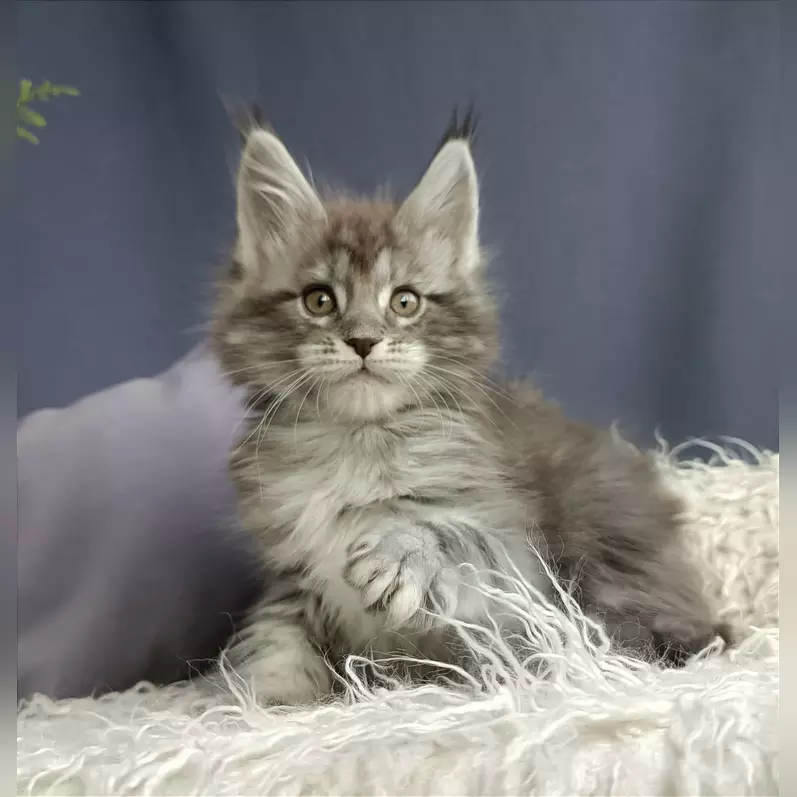
Best Litter Boxes for Maine Coons
Choosing the best litter box for a Maine Coon will make all the difference! These cats are big boys and girls, and they deserve a spacious and relaxing area to do their business. Ensure the litter box is 1.5 times the length of your Maine Coon. That way your feline can get in and out easily.
In general, an extra-large litter box is the best option, since it gives your Maine Coon plenty of room to stretch out and make a mess. A 116-quart plastic storage bin is a fantastic litter box hack. It fits their big size just perfectly.
When making your selection, pay careful attention to size and function. Choose those made for larger breeds, because size is essential to making your cat feel comfortable in her box. Reading reviews gives you insight on which litter boxes are the best designed and most popular among fellow cat owners.
It’s a good idea to have at least one more litter box set up to provide options and avoid messes.
Top Picks for Spacious Litter Boxes
- Offers portability for easy moving and storage.
- Eiiel Extra Cat Litter Box: Provides extra width, perfect for large breeds.
- Petmate Booda Clean Step Cat Litter Box: Focuses on cleanliness with its unique design.
- Omega Paw NRA15 Self-Cleaning Litter Box: Offers convenience with self-cleaning features.
Recommended Materials and Designs
Materials that can withstand wear and tear, such as stainless steel, are the best choice for any litter box. These are very sanitary as well, which makes it ideal for your Maine Coon.
To prevent your home from becoming litter box adjacent, choose a litter box design that reduces litter tracking. Nonporous surfaces that require minimal effort to clean are important in upholding sanitary conditions, particularly when scooping daily, as recommended at least once, if not twice a day.
Practical aesthetic designs that complement your home decor add even more value, fitting right in with your unique living space.

Transitioning from Kitten to Adult Box
How a Maine Coon grows will be central to your litter box training journey. Beginning with a kitten-sized box is imperative during their first few months. As these furry companions mature, they quickly need a larger environment.
It’s a good idea to start the transition when they’re about six months of age. By this age, their rapid growth says they’re ready for a bigger box. Maine Coons – one of the largest domesticated cats – will one day require an extra-large litter box to accommodate their size.
Just remember, your average adult cat litter box isn’t going to cut it for these beautiful big cats as they are growing up. Keeping a close eye on your cat’s comfort level is key while going through this transition. Watching your Maine Coon as they use the box can help you gauge their level of comfort.
Using the same type of litter lowers stress, providing a sense of normalcy during a time of change. Again, consistency provides a smooth transition, enabling your cat to adapt without added stress. Some cats will refuse to go into the new box at first.
This phase is all part of the process, and just like with kittens, patience goes a long way.
Starting with Kitten-Sized Boxes
- Pick a box with low sides so the kitten can easily get in and out.
- Use lightweight litter that is gentle on tiny paws.
- Watch your kitten grow to get an idea of when you’ll need a bigger box.
- Keep the environment calm to encourage box usage.
Adjusting to Larger Adult Boxes
Increasing the box size gradually is important so you don’t overwhelm your cat. The change should be as easy as possible, keeping the same litter as before to help them feel more comfortable.
Watching for subtle cues from your cat will be important in creating a safe-feeling environment. The encouragement and positive reinforcement are crucially important during this transition period.
Training Tips for Smooth Transition
- Install the new box in the same spot as the old box.
- Gradually introduce the new box alongside the old one.
- Reward with treats or praise to reinforce use of the new box.
- Don’t rush the process. Be patient and give your new cat the time to settle in.
Litter Box Placement Tips
Proper litter box placement is important for your Maine Coon’s comfort and well-being. Maine Coons are one of the largest domestic breeds and are as gentle as they are loving. They should have a litter box fit for their stature. The placement of this box is very important for improving their chances of using it.
Cats are very particular about their privacy and security, so placement is key. With the proper placement, you can be confident that your kitty will be comfortable and protected.
Staying out of busy spaces is a good idea. These areas might be stressful for cats, causing them to avoid using the box on a regular basis. Instead, consider low-traffic areas of your home where your cat can go about their business in peace.
It is important to keep litter boxes away from food and water bowls. Cats are clean creatures; they don’t want to separate their eating zone from their toilet zone.
Ideal Locations for Litter Boxes
- Quiet corners that offer peace away from household noise.
- Areas with good ventilation to keep odors in check.
- Convenient locations with easy access in and out are best.
- Away from children and other pets to reduce stress.
Avoiding Common Placement Mistakes
- Remember, one box per cat plus an extra one.
- Cats prefer well-lit, spacious areas.
- Pay attention to where your cat seems the happiest.
- Neglecting cleanliness: Easy access for cleaning is essential.
By making these considerations, you can improve your Maine Coon’s environment tremendously. Proper placement takes into account their age and mobility, making sure they have easy access to the litter box without pain or struggle.
It’s a win-win for you and your Maine Coon when you place your litter box correctly.
Maintaining a Clean Litter Box
Keeping your Maine Coon’s litter box fresh and clean encourages them to use it. This is really important to your cat’s comfort and health. A clean litter box promotes regular use, meaning your cat is less likely to go outside the box and have accidents around your home.
Cleanliness is next to kitty heaven when it comes to litter boxes. Cats are instinctively very clean creatures, and they like a clean house. Daily scooping will be an essential part of any litter box routine, but it’s the best way to keep waste under control and odors away.
Daily Scooping Practices
- Scoop waste once a day to keep the litter box clean.
- Use a dedicated scoop to prevent cross-contamination.
- Keep odors in check by sealing waste in an odor-proof bag.
- Refill litter as needed to maintain adequate depth.
No shortcuts here – scooping will need to be a daily habit. Try to scoop at least once a day, if not twice, in order to maintain a clean litter box and help your cat stay healthy and comfortable.
It’s an easy job to add to your daily routine, but you’ll be guaranteed a clean slate each day.
Deep Cleaning Frequency and Methods
Aside from the daily removal of waste, we advise doing a deep clean of your litter box once a week or every two weeks. This means removing the litter completely and using soap and water to clean the box, killing any bacteria and odors that may be present.
Disinfecting the box is very important! Be sure to rinse it well to remove any cleaning products that might repel your cat. This will depend on the type of litter used and the quality of the box itself, but the schedule should be similar – consistency is important.
Effective Odor Control Strategies
- Use clumping litter for better odor containment.
- Incorporate baking soda for added freshness.
- Ensure good ventilation in the box area.
- Regularly change litter to maintain a clean smell.
Selecting the Best Litter
Selecting the best litter makes a huge difference in how comfortable and clean your Maine Coon will be. The kind of litter you use makes a big difference in your cat’s comfort. It is the biggest factor in how low-maintenance your litter box zone will be.
Cats can be very finicky about their litter, so you’ll want to choose one your cat will enjoy. Experiment with various litters to find out which one your Maine Coon prefers. Look for things such as how much dust it creates, how much it tracks, etc.
Clumping vs Non-Clumping Litters
Clumping litters are widely used due to their ease of use. When they come in contact with moisture, they immediately create hard clumps. This allows for easy, full scoop of waste, which keeps Tigger’s box smelling cleaner and looking less intimidating.
This works perfectly with a scooping once or twice a day regimen, which is a best practice according to the Humane Society. Conversely, while non-clumping litters may absorb moisture more efficiently, they usually need to be changed more often. Your cleaning routine, along with your cat’s texture preference, will help shape your decision here.
Eco-Friendly and Natural Options
For those looking for greener options, there are several eco-friendly litters available. Made from recycled wood, these offer a sustainable choice.
Corn-based litters: Biodegradable and gentle on the environment. Soft on paws and often dust-free.
Wheat-based litters: Provide natural odor control.
Dust-Free and Low-Tracking Choices
Dust-free and low-tracking litters are a win-win for cats and their guardians. By eliminating airborne dust, they help prevent respiratory problems, protecting lungs and improving air quality.
Low-tracking options keep litter from being tracked all over the house, helping you keep a cleaner home. Keeping a clean litter box will encourage your Maine Coon to use one regularly.
In fact, 80% of cats avoid filthy boxes. Frequent scooping goes a long way in helping you create a more pleasant experience for your furry friend.
